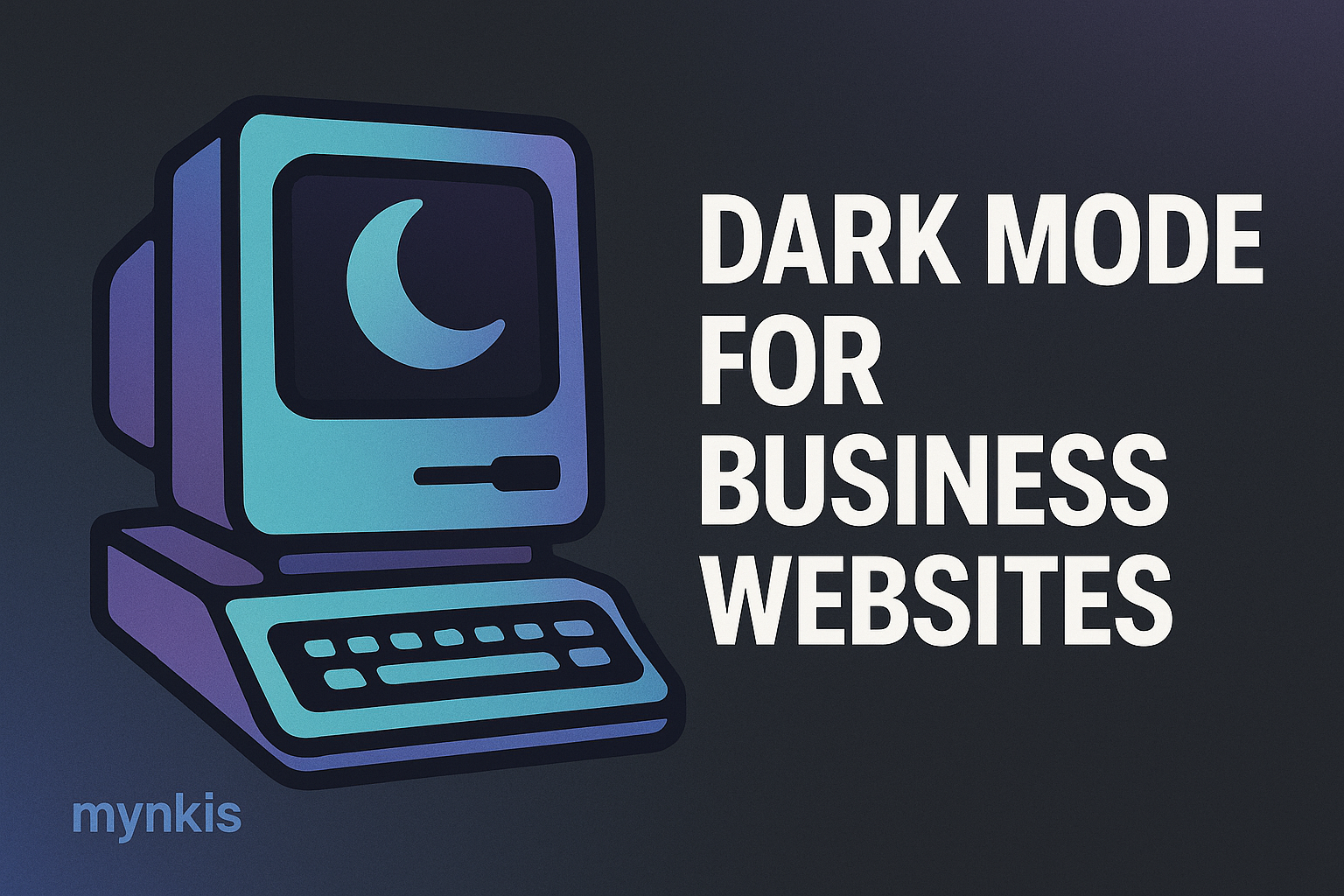Schedule a Demo
When it comes to website design, the term 'dark mode' has become more than a buzzword; it's a strategy. In my engagements with CTOs and technical leads of B2B companies, I've observed a growing interest in how this aesthetic choice impacts user engagement and conversion rates. Dark mode flips the traditional light background with dark text to a darker interface, usually blacks and grays with lighter text.
Let's start with the undeniable allure of dark mode. In an age where digital fatigue is real, a sleek, dark interface can not only catch the eye but also position your brand as modern and sophisticated. I've found that clients appreciate how dark mode reduces eye strain in low-light conditions, thus improving the user experience on their B2B platforms.
User experience, especially for the busy professionals visiting your site, is where dark mode shines. From a recent project, I recall how the seamless integration of dark mode led to increased dwell time on product pages among decision-makers. The improved readability and the ease on the eyes are real benefits that B2B leaders should consider when refining their online presence.
SEO, the backbone of any lead generation strategy, may be influenced by dark mode, albeit indirectly. My experience suggests that, if done well, implementing dark mode can increase user engagement metrics, which in turn can boost SEO performance. Websites I've worked on that use dark mode have reported higher session times—a key factor for Google's algorithms.
The energy-saving aspect of dark mode is compelling, particularly for users on mobile devices. Based on available research, using dark mode can significantly reduce power consumption on OLED screens. This isn't just good for the environment; it may translate to an enhanced perception of your brand, particularly among the eco-conscious business community.
However, navigating into darker territories isn't without pitfalls. I've seen that not all dark modes are created equal. A poorly executed dark mode can hurt readability and may even turn off potential clients who associate dark interfaces with too much gloom or find it difficult to navigate.
Going dark might sound cool, but it's no minor undertaking. From a developer's perspective, dark mode demands careful attention to UI/UX design. In projects integrating dark mode, we've encountered various challenges like ensuring color contrast ratios meet accessibility standards, as outlined by organizations like the W3C.
The minimalist nature of dark mode may sometimes clash with vibrant branding elements. I've consulted with several marketing heads who were hesitant to shift their existing design for fear of losing brand recognition. Indeed, maintaining your company's color palette and overall brand identity can be more challenging in darker hues.
Everyone's tastes are different, a fact underscored when analyzing user feedback for dark mode implementation. In surveys I've reviewed, around 40% of business professionals preferred a lighter theme over dark mode. This doesn't mean avoiding dark mode; it simply points to the necessity of offering options or toggle settings.
There's a real-world example from an integration project I led. A B2B tech firm looking to enhance their automation software's interface adopted a partial dark mode strategy. User tests showed increased engagement, yet they had to carefully tailor which pages should embrace this style. Custom software development with enterprise web solutions at the forefront, such nuances in design become pivotal.
Another crucial consideration is how well dark mode works across different devices and platforms. Based on our tests, mobile users might benefit most from dark mode, whereas desktop users had mixed responses. In building enterprise web solutions, ensuring a uniform experience becomes central to satisfying the high standards expected by our clients' stakeholders.
Ultimately, decisions around dark mode must consider the unique needs of your customer base and the overall goals of your online presence. I always urge leaders to weigh the psychological impact of colors, as suggested by branding experts like Pantone, against tangible performance metrics from their web analytics.
So how should a company go about incorporating dark mode into their site? Start with analytics—identify where users spend the most time on your site. Integrate dark mode there first to test its impact. And, never undervalue the power of customer feedback in shaping such a bold design choice.
As B2B website design continues to evolve, embracing dark mode can set your firm apart as a leader in customer engagement. By understanding both its benefits and its limitations, you can make an informed choice that not only enhances your site's look but also contributes positively to your lead generation efforts. In my work, I've found that taking these elements into account is key to driving meaningful results for your business.
